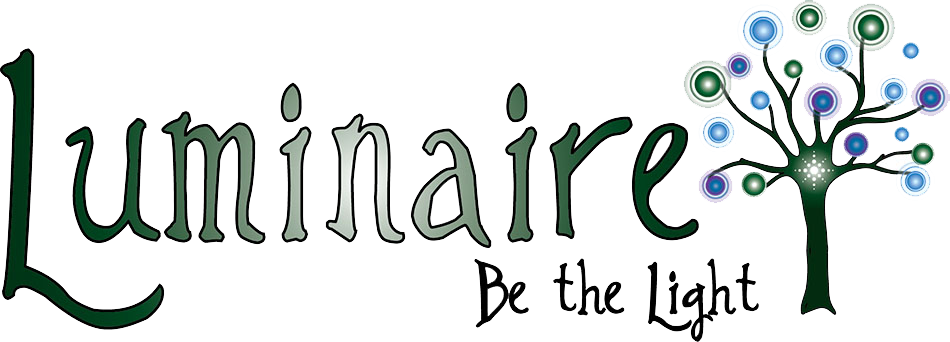By his own account and others, Thoreau’s little house and experiment drew a stream of curious visitors. He begins with a discussion on the size of his house and simplicity of his meals. Make no mistake, this is also a commentary on how the rest of us live.
The Canadian woodchopper he describes at length is Alec Therien. Both Thoreau and Emerson write about Therien—he clearly captured their attention. Thoreau and Therien knew each other well since they both frequented the woods around Concord for many years.
There are a couple ways to read this passage. First, as a respectful and detailed account of a nineteenth-century immigrant and skilled working man. Secondly, we learn more about who Thoreau is as he offers a rich and deeply observant consideration of Therien.
There are a few accounts by residents of mid-century Concord that include Thoreau’s two years at the pond. They all concur that his house was not a station for the Underground Railroad—it was too small, exposed, and busy with visitors. On occasions when fugitives were brought to the house, Thoreau would harbor them until dark before escorting them to his mother’s or another safe house in town.
Edward Emerson notes, “He was always ready to help with service and didn’t count risk, and also, although he had little money always gave or advanced money to a slave who needed it.”
One guest visiting the Thoreau family in 1853 gives this account:
He invited me to come next day for a walk, but in the morning I found the Thoreaus agitated by the arrival of a colored fugitive slave from Virginia, who had come to the door at daybreak. Thoreau took me to a room where his excellent sister, Sophia, was ministering to the fugitive…I observed the tender and lowly devotion of Thoreau to the African. He now and then drew near to the trembling man, and with a cheerful voice bade him feel at home, and have no fear that any power should again wrong him. That whole day he mounted guard over the fugitive, for it was slave-hunting time. But the guard had no weapon, and probably there was no such thing in the house.
So, all kinds of visitors come to the house in the woods, expected or not. Remember, he’s doing a bit of performance art here, so the house and his experiment are a bit of…a destination.
You can enjoy this chapter as a window into nineteenth-century social customs, attitudes, and controversies. Also remember the alternating and complementary chapter themes, giving the narration a structure. This chapter follows Solitude, and the next will be a return to solitude by way of labor.
Sources
Conway, M.D. 1904. Autobiography: Memories and Experiences. Boston: Houghton Mifflin. qtd. in Cramer p. 147.
Cramer, Jeffery. Walden, A Fully Annotated Edition. New Haven: Yale University Press. 2004.
